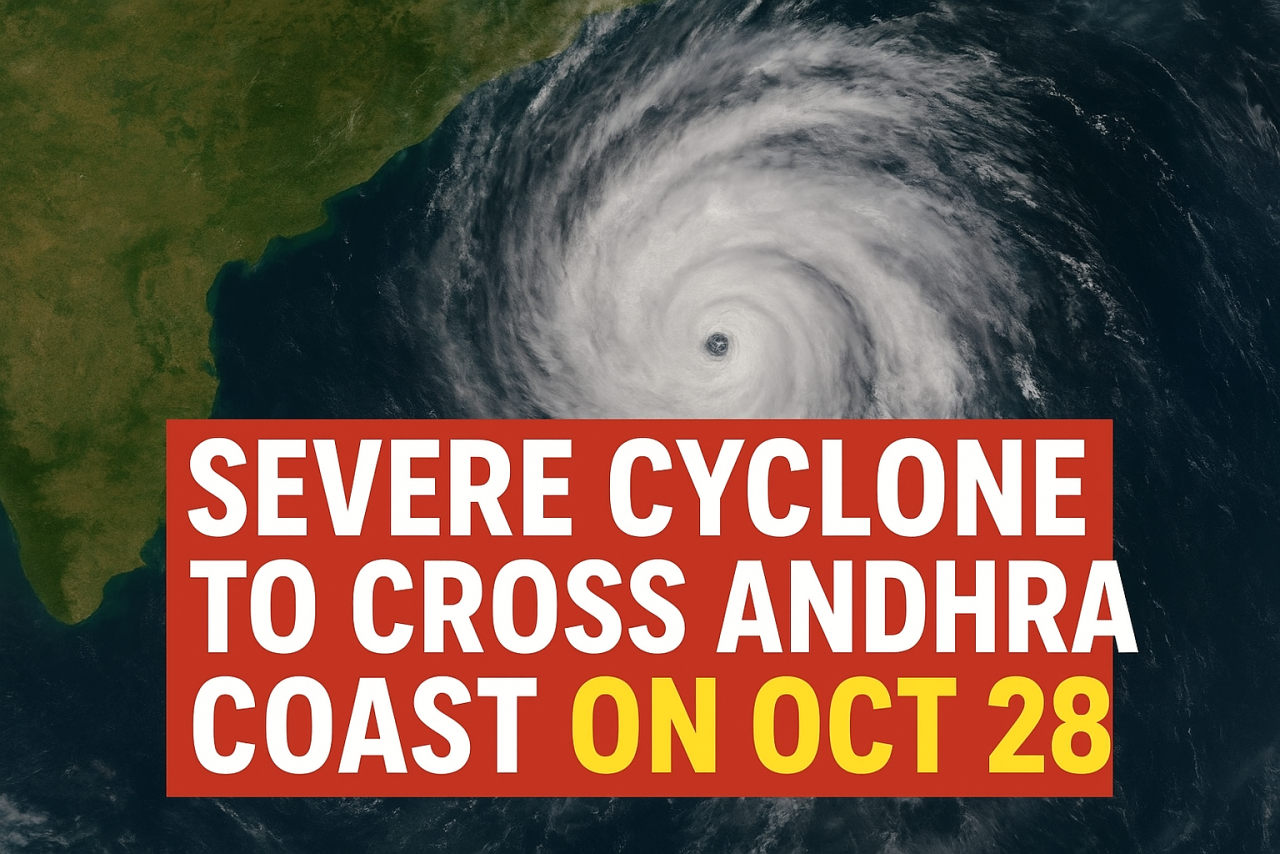
April 2025 has delivered another sobering milestone in the story of global warming. For the 11th month in a row, Earth’s temperatures have hovered at extreme levels, with this April marking the second-hottest on record. According to the Copernicus Climate Change Service (C3S), what should have been a moderating period following a waning El Niño instead turned into yet another alarm bell in the climate crisis.
What’s troubling scientists is no longer just the heat but its persistence. Global temperatures are not merely spiking temporarily; they are refusing to fall back. Twenty-one of the last 22 months have breached the 1.5°C warming threshold, a critical limit set by the 2015 Paris Agreement to avoid catastrophic climate impacts.
1.5°C: From Goalpost to Ghost
The Paris Agreement had set a clear ambition: to limit warming to “well below 2°C,” with a strong push to keep it under 1.5°C above pre-industrial levels. But that once-bold goal is rapidly slipping into history.
A major 2024 study involving over 50 climate scientists projected average global temperatures could reach 1.36°C in 2024 and cross 1.5°C by 2027. The World Meteorological Organization (WMO) goes further, warning there is now a 66% chance we will exceed that mark, at least temporarily, within just two years.
Samantha Burgess, Deputy Director at Copernicus, captured the gravity of the moment: “The reality is we will exceed 1.5 degrees. And far sooner than many imagined.”
When Heat Becomes a Headline and a Hazard
This heat isn't just a statistic. It is a growing threat to lives, livelihoods, and ecosystems. In April 2025, temperatures in New Delhi surged past 45°C, sparking widespread heatstroke alerts and disruptions. Across Southeast Asia and West Africa, blistering conditions tested infrastructure and public health systems, straining governments already grappling with climate adaptation.
Julien Cattiaux, a researcher at CNRS in France, cautions that we must treat each fraction of a degree seriously: “Every tenth of a degree matters. And right now, they’re adding up faster than ever.”
Beyond El Niño: The Hidden Drivers of Relentless Heat
The tail-end of a powerful 2023–24 El Niño certainly added fuel to the planetary fever, but its fading influence doesn’t explain the ongoing heat entirely. Scientists are pointing to several other culprits:
- Rising CO₂ Emissions: Atmospheric carbon dioxide reached 426 parts per million (ppm) in April 2025, the highest in over 2 million years, up from 417 ppm just two years ago.
- Cleaner Skies, Hotter Earth: New international shipping rules have cut sulfur pollution, making the atmosphere more transparent. With fewer aerosols to reflect sunlight, more solar energy is now absorbed.
- Arctic Feedback Loops: The Arctic continues to warm at roughly four times the global rate. Melting sea ice and thawing permafrost are releasing methane, a potent greenhouse gas, and reducing the Earth’s reflectivity, which accelerates warming.
The New Climate Normal: Uncomfortably Hot
According to the IPCC, the world has seen a five-fold increase in extreme heat events compared to the pre-industrial era. What once were “unusual” events are now annual occurrences, slowly redefining what is considered normal.
Still, scientists stress that crossing 1.5°C temporarily is not the endgame. What truly matters is long-term stabilization. “Overshooting the mark isn’t failure, unless we stop acting,” says Johan Rockström of the Potsdam Institute. “The window to act is narrow, but it’s still open.”
The Hottest Era in 125,000 Years
The Copernicus dataset, backed by centuries of paleoclimatic records from ice cores to ocean sediments, confirms this is the warmest period in human history since before modern civilizations began to form.
The science is irrefutable. What remains uncertain is whether policy, politics, and public will can keep pace. As the climate clock ticks louder, the need for renewables, resilience, and resolve has never been more urgent.


















.jpeg)


